Moving straight into it, here are our picks for the top 10 tech buzzwords that you just can’t get rid of in daily conversations; simplified and insightful.
- Metaverse

The metaverse will provide a seamless, impersonated universe where you can live your virtual life the same you live your physical life. You can use a headset to enter a virtual world connecting all sorts of digital environments. You can interact with other people in the virtual world, go to concerts, plays, games, shows, work, or just hang out. Often called “extended reality (XR)”, the metaverse will combine augmented, virtual, and mixed realities to become a medium for social and business engagement.
You will be able to interact with the metaverse as your avatar. It will have the same personality and physical features as you, you can interact with other people’s avatars through gestures, shaking hands, going together somewhere, and all that exciting stuff. You could buy a house or land. You could design your own personal space. You can invite your virtual friends to hang out in your home or host a party. Your friends could invite you over, you could go out for drinks, go to concerts, visit a mall, and whatnot. You can also teleport in and out to other places in the metaverse like clicking on a link on the internet. You would be able to take your avatar and digital items across different apps and experiences.
There will be lots of companies building virtual worlds in the metaverse the same way many companies do different things on the WWW. However, the metaverse is only an idea as of today. There is nothing that can be legitimately called the metaverse yet.
- Artificial Intelligence (AI)
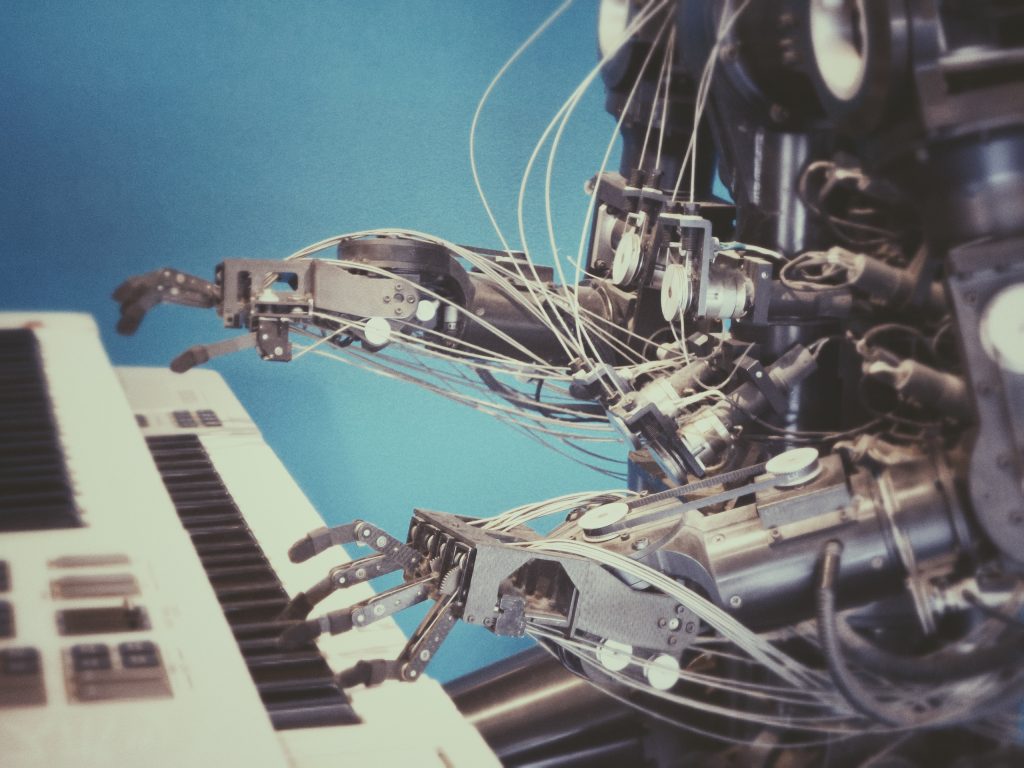
Artificial Intelligence (AI) is the ability of machines, especially computer systems to perform tasks commonly associated with human intelligence. Natural language processing, speech recognition, expert systems, and machine vision are some specific disciplines in AI. AI programming focuses on three cognitive skills: learning, reasoning, and self-correction. One important component is machine learning. By ingesting large amounts of data, analyzing the data for correlations and patterns, and using these patterns to make predictions about future states, machines can replicate decision-making.
AI processes a huge volume of data quickly and accurately. It reduces human labour in dangerous and tiring tasks and delivers consistent results.
- Quantum Computing
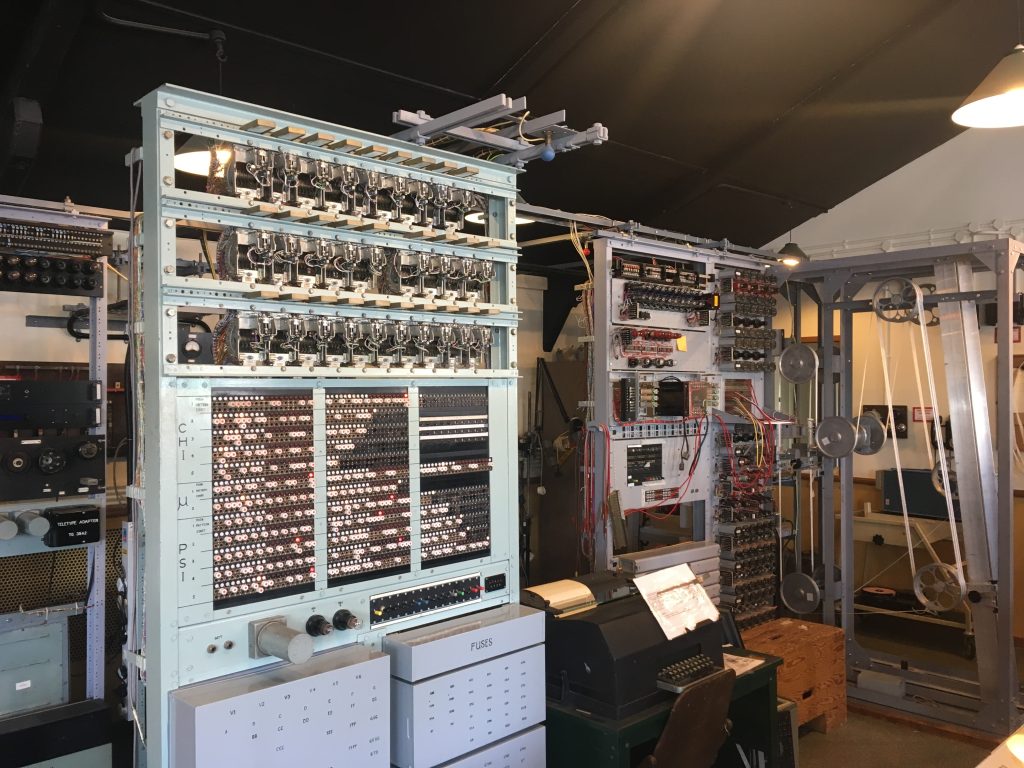
Another shiny word in tech is quantum computing. It is an area of computing based on the properties of quantum states, such as superposition, entanglement, and interference. Quantum computers can handle operations at exponentially higher speeds as compared to traditional computers. Traditional computers can encode data in bits, which can be either 0 or 1. But quantum computers use quantum bits or qubits, which can be either 0 or 1, or a superposition of 0 and 1.
Quantum computers are built for complexity. They can be used for big data analysis and simulation. They can manipulate an enormous combination of states at once. Some applications of quantum computing are in material science, drug development, cybersecurity, traffic optimization, artificial intelligence, weather forecasting, climate change analysis, etc.
- Cloud Computing

Cloud computing is the delivery of different computing services through the internet. These services include different applications, data storage, servers, databases, networking, and software. Instead of storing data on local or proprietary storage devices, it is being accessed remotely from the cloud or a virtual space. One only needs access to the internet to run software programs.
Cloud computing services include email, cloud storage, backup, data retrieval, music, and video streaming (Netflix relies on cloud computing to run its video streaming services). Companies don’t need to spend resources and time to maintain IT infrastructure. Users can carry their files and settings to other devices seamlessly and access them from anywhere in the world. It also enables us to back up our files, save them on the cloud, and save storage space on our devices. Cloud computing increases speed, efficiency, and ease in distributing and accessing services.
- Virtual Reality (VR)
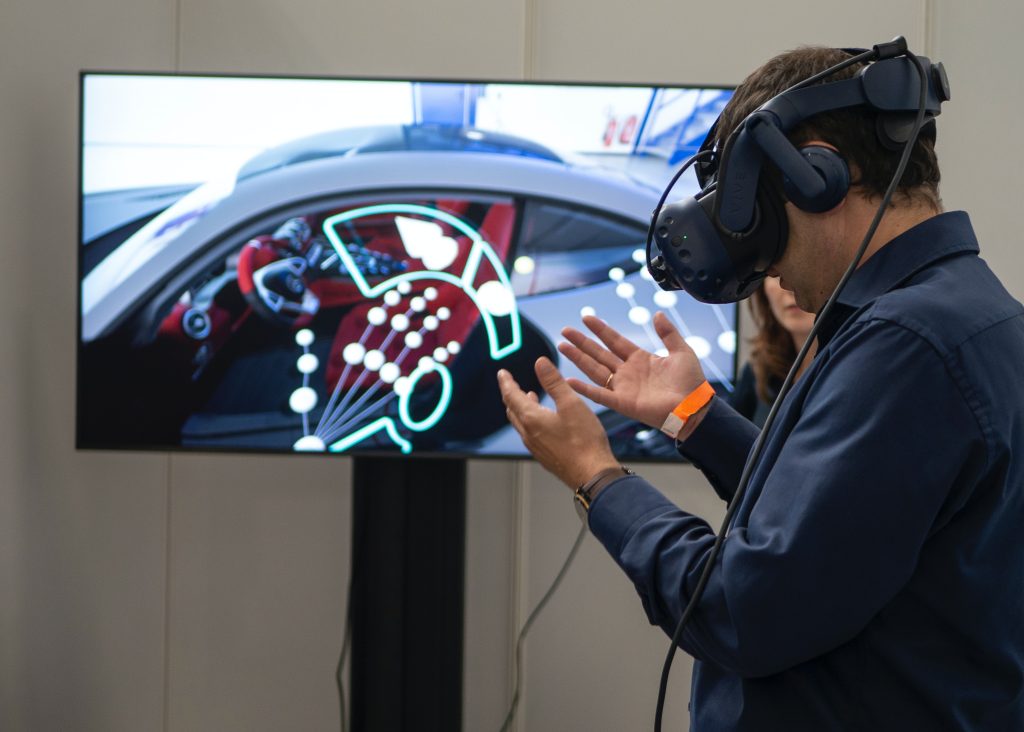
Virtual Reality (VR) is a computer-generated environment or a simulation of the real-word. VR places users inside an experience. VR world blocks out our real-world view and gives an immersive experience of the virtual world through sounds, visuals, touch, and maybe even smell.
The most recognizable and important component of VR is a head-mounted display (HMD). VR is most used in gaming and entertainment. Once you put on a headset, you can see the virtual environment and interact with it. Although VR is majorly used in gaming and entertainment, it is also important in scientific and engineering data visualization. In aviation, VR training is an alternative training with real, expensive equipment under dangerous situations. VR is also used in the treatment of mental illnesses, including post-traumatic disorder (PTSD).
- Augmented Reality (AR)
AR (Augmented Reality) is an interactive experience of a real-world environment with computer-generated information. It incorporates three basic features: a combination of real and virtual worlds, real-time interaction, and accurate 3D registration of virtual and real objects. Not to be confused with VR, which is a computer-generated simulation or replacement of one’s environment. Through sounds, visual stimuli, and other sensory aspects, it completely replaces the user’s real-world environment with a simulated one. AR alters our perception of our reality with digital visual elements, sound, or other sensory stimuli delivered via technology. It isn’t meant to cut out your real world but rather to give you an enhancement of the real world.
Snapchat and Pokemon Go are some applications of AR technology. But, AR can be important beyond gaming and funny filters. With AR, experts in a certain field can appear across the world and assist their trainees or oversee a problem. AR can help experts visualize their final products even during the creative process. With headsets, they can enter the buildings they are working on, for example, and see how their designs would look. For any equipment or vehicles, repairmen can wear headsets or glasses which display important information about parts and suggestions on repairing and maintenance on the spot. In the education sector, students can visit any place on the Earth remotely or even study astronomy. They can see 3D images of human body parts as well as atoms and their composition.
We have yet to explore the full potential of Augmented Reality, still, it has proved very promising. The future of AR is exciting. Although people are concerned about privacy with AR, the uses outnumber these issues vastly.
- Net Neutrality

Net neutrality means that Internet Service Providers (ISPs) should treat all data on the internet equally. They should not restrict or block access or slow down access to some content on the internet for their own benefit.
Under this policy, internet service providers are considered as “common carriers”, like public vehicles, meaning they couldn’t discriminate between their users. They can’t make special arrangements with services or websites to give them fast network access or speed in return for premium payment. Big companies that can pay for this special treatment get a competitive advantage over others. Smaller companies especially cannot afford this and will get buried over. So, net neutrality creates a fair playground for all businesses and services to flourish on the internet.
When all businesses and services have equal opportunities to thrive, there will be newer and more innovative services. Net neutrality also ensures customer rights. If an ISP blocks out the competitors of an online store, for instance, they don’t have to rely on improving their services and products to grow. Or, if companies have to pay ISPs for the fast lane, it can also increase the charges of their products and services. This means you end up paying more to browse your favourite sites. It is the general consumer that suffers a lot.
To a general consumer, it doesn’t seem to be much of a concern where or how their money is spent long as they get what they paid for. But when it comes to freedom in the content that we get to consume, we should be aware at the very least.
- Blockchain
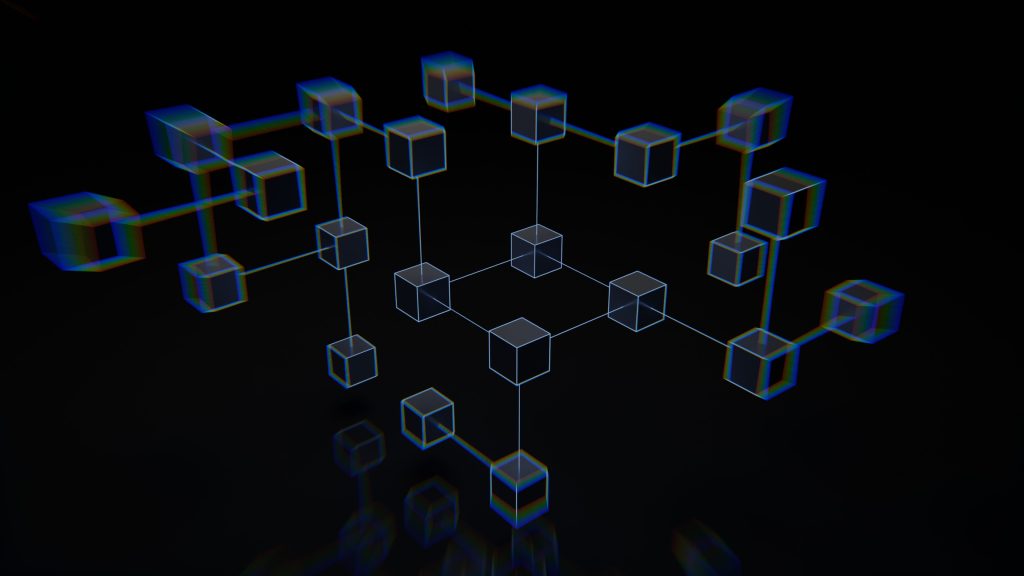
You can never escape the blockchain technology; especially in tech-talks.
A blockchain is a decentralized, distributed ledger system that stores data such that it can be accessed by everyone and modified only when a certain consensus is reached.
The term ‘blockchain’ was coined by Stuart Haber and W Scott Scornetta in 1991 as a cryptographically secured chain of blocks. Blockchains gained popularity with cryptocurrencies in the market. Bitcoin is only the first real implementation of Blockchain. But, the potential of this trustless digital ledger system goes beyond digital currencies.
A blockchain stores data or information together in chunks known as ‘blocks’ and these blocks are then chained together to form a chain; hence the name blockchain. Each block is given a certain hash and timestamp of when it was added to the chain. When blocks are filled, the data in it is irreversible and cannot be modified unless people on the network reach a majority agreement to do so. All the users/computers known as ‘nodes’ in the blockchain together handle and approve of any transactions and changes. Since each node has its own copy of the data in the blockchain, it is easier to cross-check references when someone maliciously tries to tamper with the data in the node.
A blockchain is decentralized; instead of trusting third-party individuals and organizations like the government, everyone on the network has control of decision-making. There is no single point of failure or vulnerability. A blockchain is also cryptographically secured. To successfully tamper with data, you would have to tamper data in all the blocks in the blockchain across all copies in the network; which is next to impossible. So, there is not a single point of failure in a blockchain.
- Big Data
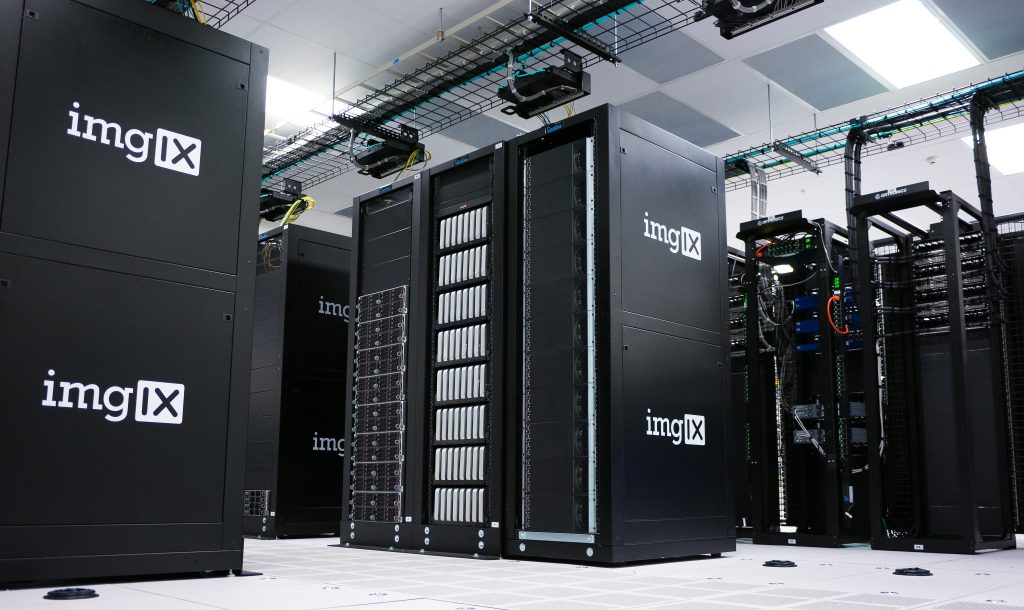
Big data refers to very large, diverse, data sets that are structured, unstructured, or semi-structured, from different sources and in different sizes. This large volume, velocity, and variety of data are beyond the ability of traditional relational databases to capture, process, and manage. Sources of data are becoming more complex as they are driven by artificial intelligence (AI), the Internet of Things (IoT), and social media, now more than ever. All the data received from sensors, different devices, audio, video, network, log files, transactional applications, web, and social media are generated in real-time and at a very large scale.
Big data gives insights into how customers interact with a business, hence helping in improving customer service. It helps strengthen cyber security and prevents fraud by better identifying suspicious transactions and security threats. It develops personalization and recommendation systems for websites and applications. By analyzing and improving business forecasts, it increases the operational efficiency of businesses.
- Internet of Things (IoT)
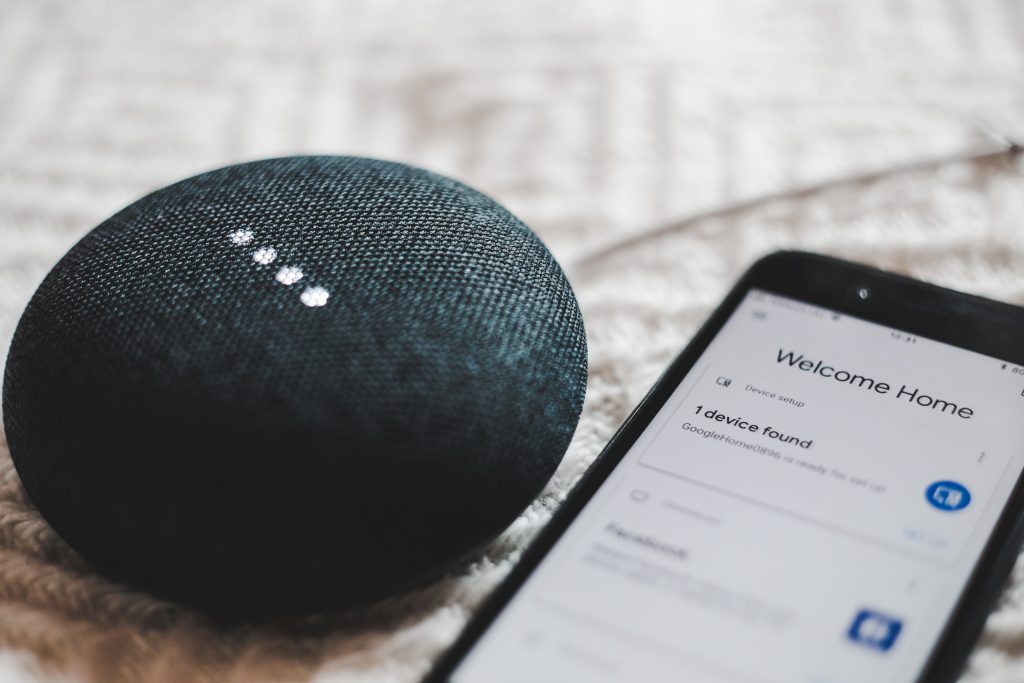
Internet of Things (IoT) is a network of physical devices all connected to the internet that collects and share data. Connecting devices to the internet and adding sensors to them enables them to communicate real-time data without involving a human being. Some examples of IoT are your mobile devices, security cameras, sensors, vehicles, refrigerators, lightbulbs, etc. that you can control remotely once connected to the internet.
IoT gives businesses more ideas and data about their products, the customers, and how they are using them in their day-to-day lives. As for consumers, IoT makes our devices and machines smarter than they already are. Smart speakers like Amazon’s Echo and Google Home make it easier to get information, play music, set timers, etc. Home security systems help us monitor our homes from a single device from anywhere in the world. Smart thermostats, refrigerators, lightbulbs, self-driving/automatic/semi-automatic cars, all make our daily tasks easier.
Privacy is of course a big concern in IoT, but the benefits outnumber the disadvantages by a lot.
Now that you have learned some tech stuff, it will help you be part of conversations and make you smarter and more interesting. The tech world is always evolving. There are new innovations, laws, and concepts regularly. It helps to be familiar with them as there is no way around technology.

